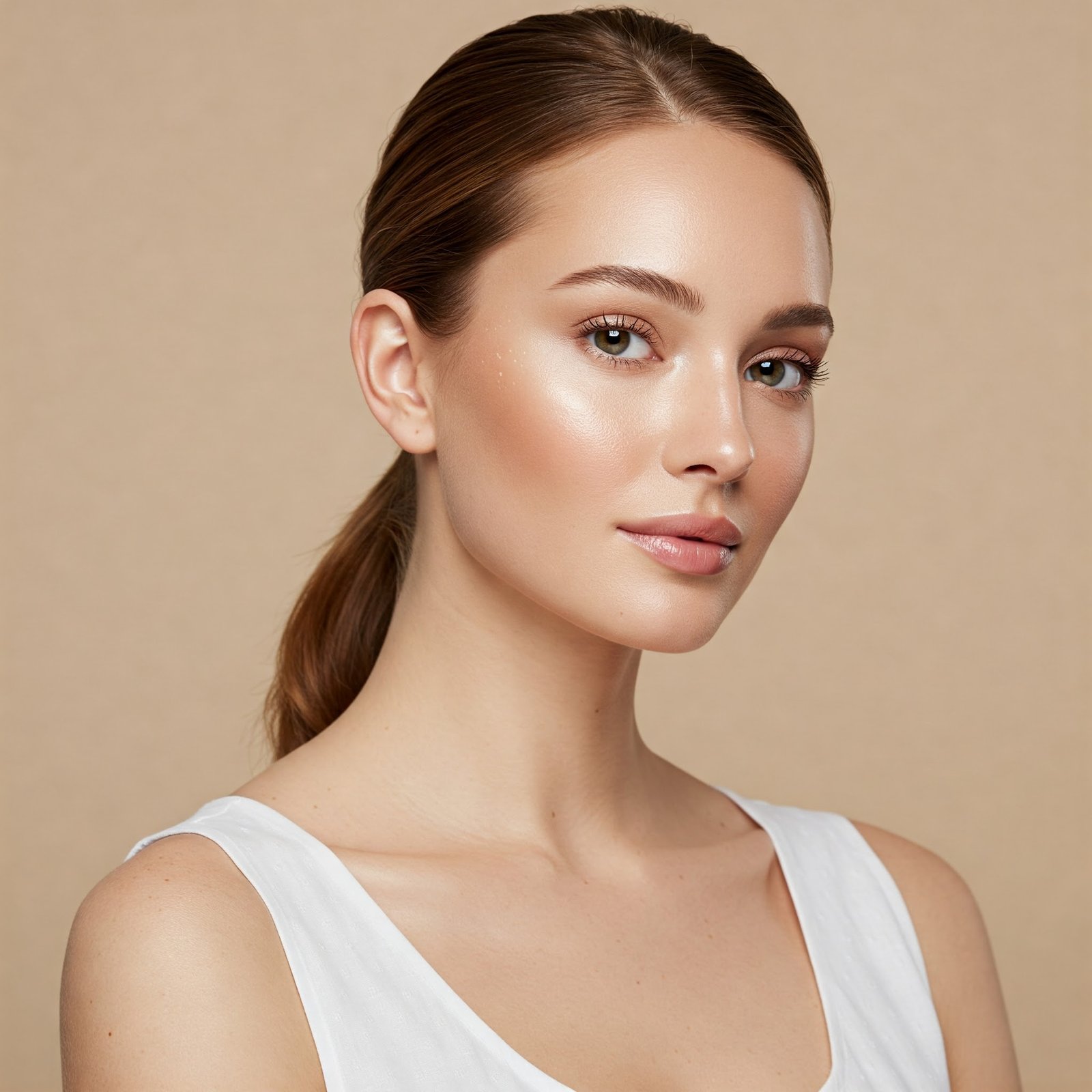
Tanning, the process so frequently associated with summertime revelry, exotic vacations, and sun-kissed complexions, has captivated humans for generations. Yet, have you ever stopped to wonder what is actually occurring within the layers of your skin as it tans when exposed to sunlight? At Kalki Fashion, we intend to give you an in-depth look at this intriguing process, delving into the science of it, how it affects the health of your skin, and how you can get the ultimate balance between the perfect tan and healthy skin.
Tanning is the natural reaction of your skin to ultraviolet (UV) radiation, a mechanism intended to protect inner layers from harm. It’s melanin-driven, a pigment in your skin that serves as an in-built protection system. When UV radiation strikes your skin, your body instructs melanocytes—specialized cells in your skin—to create more melanin, which absorbs UV radiation and stops the damage. This leads to the characteristic darker color we see as a tan. Yet, though this process may temporarily give the skin a healthy-looking glow, it also involves risks, ranging from premature aging to the more serious risk of skin cancer.
Interestingly, cultural attitudes toward tanning have varied significantly throughout history and across cultures. In certain cultures, tanned skin is prized as a mark of outdoor health and a busy life, whereas in others, it’s shunned in favor of a lighter skin tone. This changing definition of beauty serves to emphasize the complex relationship between tanning and cultural beauty standards, something we’ll discuss further throughout this discussion.
At Kalki Fashion, we’re all about giving people the information to make an educated decision regarding their skincare routine. Whether you’re someone who revels in the sun or someone who goes out of their way to prevent tanning, understanding the process of tanning is crucial. Today, we’re going to explain the science, debunk the myths, and give you the lowdown on how to achieve a natural healthy glow, all while keeping the health of your skin above all else.
Skin health is not secondary to anything, and with the proper guidance, you can have your sun fun and reap the rewards. So let’s start this adventure of discovery in the world of tanning—because smart decisions mean sun-kissed skin!
Tanning is the inherent protection of the skin from the detrimental effects of ultraviolet (UV) radiation. When your skin is out in the sun, it manufactures melanin—a pigment that determines the color of your skin, hair, and eyes. Melanin absorbs and distributes UV radiation to shield deeper parts of your skin from harm.
There are two primary types of UV rays:
UVA Rays: Penetrate deep into the skin, causing premature aging and long-term tanning.
UVB Rays: Affect the surface layers of the skin, causing sunburn and short-term tanning.
The intensity of tanning varies based on factors like your skin type, the amount of sun exposure, and your geographical location.
Tanning occurs when melanocytes (cells in the basal layer of the epidermis) produce melanin in response to UV exposure. This pigment darkens the skin to create a protective barrier. While this process reduces some UV damage, it is not foolproof and does not prevent long-term skin issues.
On Kalki Fashion here, our aim is to inform readers about the equilibrium between accepting their natural skin color and doing something to maintain the health of their skin.
Key points to note about tanning:
Immediate vs. Delayed Tanning: Immediate tanning occurs within minutes of sun exposure and fades quickly. Delayed tanning takes several days to appear and lasts longer.
Tanning Beds: Artificial tanning, like the use of tanning beds, exposes the skin to concentrated UVA and UVB rays, posing severe risks like skin cancer and premature aging.
Tanning comes with its own set of pros and cons. Here at Kalki Fashion, we advocate for informed decisions when it comes to your skin.
Benefits:
Mood Enhancement: Sunlight triggers the release of serotonin, a hormone associated with happiness.
Vitamin D Production: Sunlight stimulates the production of vitamin D, crucial for bone health and immune function.
Risks:
Skin Damage: Overexposure can lead to sunburn, dark spots, and premature aging.
Health Risks: Prolonged UV exposure is a leading cause of skin cancer.
Uneven Skin Tone: Tanning often results in patchy pigmentation.
Achieving a healthy glow without compromising skin health is possible with mindful practices. Kalki Fashion recommends the following tips for safe tanning:
Sunscreen is Non-Negotiable: Use a broad-spectrum sunscreen with SPF 30 or higher. Reapply every two hours and immediately after swimming or sweating.
Timing is Key: Avoid the sun during peak hours (10 AM to 4 PM) when UV rays are strongest.
Pre-Tan Prep: Exfoliate your skin gently to remove dead cells and ensure an even tan. Hydrate your skin with moisturizers to prevent dryness.
Natural Boosters: Foods rich in carotenoids, like carrots and sweet potatoes, can enhance your tan by giving your skin a natural glow.
If you’re looking to lighten a tan or address uneven skin tone, Kalki Fashion has you covered. Here are some effective remedies:
Natural Ingredients:
Yogurt and Turmeric: Mix yogurt with a pinch of turmeric and apply as a face pack. Rinse after 15 minutes to reveal brighter skin.
Lemon and Honey: Lemon’s natural bleaching properties, combined with honey’s hydration, make for an excellent tan removal pack.
Aloe Vera Gel: Known for its soothing properties, aloe vera helps lighten tan and calm sunburn.
Chemical Exfoliants: Products containing glycolic acid or lactic acid can help reduce the appearance of tanning over time.
Professional Treatments: Dermatological solutions like chemical peels, microdermabrasion, or laser therapy can address stubborn tanning.
Skincare doesn’t stop after tanning. Proper post-sun care is essential for maintaining healthy skin:
Hydrate: Drink plenty of water to replenish moisture lost during sun exposure.
Soothe: Use cooling gels like aloe vera to reduce redness and inflammation.
Antioxidants: Incorporate products with vitamin C or E to combat oxidative stress caused by UV rays.
At Kalki Fashion, we’re all about embracing all skin tones and loving your natural self. Tanning is a matter of personal preference, and there’s no right or wrong to how you feel about it. Whether you like a sun-kissed look or your natural color, the focus should always be on skin health.
Tanning of the skin is an intriguing phenomenon with advantages, disadvantages, and precautions. With knowledge about how it happens, you’ll be able to make wise decisions on how best to get your healthy glow on while keeping your skin safe. And always, at Kalki Fashion, our mission is to educate our readers so they can make selections based on personal desire and betterment.
Have your own thoughts, questions, or tips? Leave them in the comments below and be part of the Kalki Fashion community in celebrating skin wellness and positivity!
© 2024 All Rights Reserved

To provide the best experiences, we use technologies like cookies to store and/or access device information. Consenting to these technologies will allow us to process data such as browsing behavior or unique IDs on this site. Not consenting or withdrawing consent, may adversely affect certain features and functions.